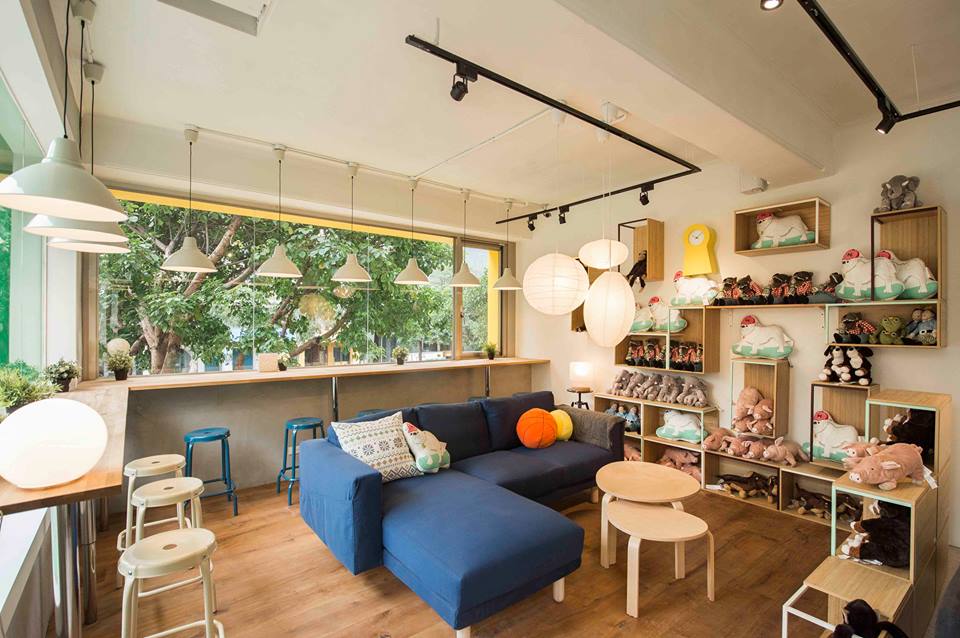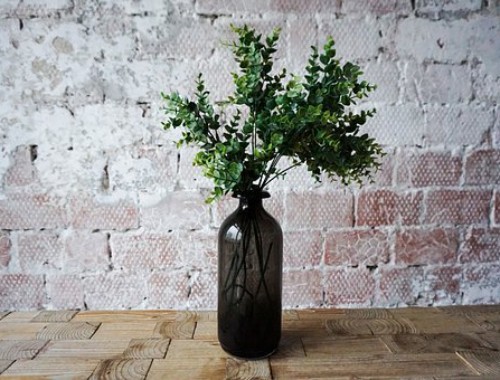How the IKEA catalogue cracked what “domestic bliss” means in different cultures
Source:qz
Beginning July 31, IKEA’s highly-anticipated catalogue will appear in millions of mailboxes around the world.

For IKEA fans, the last week of July is like Christmas.
Beginning July 31, IKEA’s highly-anticipated catalogue will appear in millions of mailboxes around the world. With a print run of 203 million copies this year, the catalogue ranks alongside the Bible, the Koran, and Harry Potter as one of the world’s most-distributed books.
For 67 years, the IKEA catalogue has served as a product showcase, design inspiration and manifesto for the 74-year old furniture company’s grand vision of creating a “better everyday life for the many people.” But “many people” means many different versions of the good life. Therefore the 324-page catalog, a herculean production that eats up 70% of IKEA’s annual marketing budget, must be also customized for different regions and religions around the world.
IKEA has ethnographers who conduct field research into the domestic life of different regions through home visits, interviews and panels. While the researchers’ “Life at Home” consumer insights research goes to the development of new products, it also helps catalogue creators plan the content and styling of local editions.
This year, it took the Swedish company 18 months and a hundreds-strong army of photographers, art directors, copywriters, proofreaders, prop masters, carpenters, photo retouchers, programmers and CGI specialists to produce the catalog’s 1,400 pieces of art and 24,000 texts. While the text remain basically the same worldwide, IKEA’s team does go the extra mile to swap out subtle, tell-tale details in 72 different region-specific editions.
Most catalogue variations are introduced to reflect differences in product range by region but their research informs the framing of each vignette. Knowing that kitchens in China are much smaller than the US for example, catalogue designers crop into a photograph and reposition elements in post-production, to illustrate a cozier cooking space.
During a tour of IKEA’s sprawling photo studio in ?lmhult, Sweden in June, IKEA staffers pointed to a neat row of near-identical white doors, explaining that they might swap a typically European plain solid door to a paneled model that’s more common in the US. They’ll do this for flooring, food or mattresses to reflect the variations in sizes around the world. The region-specific variations are subtle, but deliberated.
But sometimes, some editions depart from the template, as they showcase products and conform to social norms that are unique to those markets. Last February, members of Israel’s ultra-Orthodox Jewish community received a 67-page, all-male product catalogue with challah boards, Shabbat candlesticks, tables set for the Sabbath meal, and Billy bookcases propped with volumes of the Talmud and Bible, the Jerusalem Post reports.
In 2012, IKEA was also heavily criticized—and later apologized—for erasing women and girls from its catalog in order to appeal to customers in Saudi Arabia. The company also photoshopped out an image of a female IKEA designer, as Sara Kristofferson points out in her 2014 book Design by Ikea: A Cultural History. Erasing females from the catalogue seemed to be common practice for IKEA Saudi Arabia, even prior to 2012. The 2011 catalogue below shows several instances where women magically disappear.
Market-specific pricing
The annual catalogue is also a way for IKEA to set prices for their different markets, factoring in the cost of goods, transport, and tariffs and the foreign exchange rate. In 2014, Koreans complained about the higher prices for well-known IKEA pieces. Not considering VAT, IKEA customers in Poland pay the least for flatpack furniture and shoppers in Australia pay the most, according to a 2012 analysis by consumer affairs writer Katy Phillips.
During the IKEA’s “Democratic Design” open house, Inter IKEA Group’s CEO Torbj?rn L??f said that they’re looking into how to create price parity in markets. “We have the same price today as we do in Indonesia, but we know that the average income levels in Indonesia are lower in Germany,” said L??f. True to Kamprad’s original mission, they’re looking into how to “make IKEA affordable to those who can’t afford IKEA.”
The IKEA catalogue as collector’s item
The catalogue is intrinsic to IKEA’s history. Before a single IKEA showroom opened in 1948, founder Ingvar Kamprad ran a mail order business selling a wide range of products from pens, nylon stockings to well-priced, locally-produced furniture. In 1951, the enterprising 22-year old thought a print catalogue could expand his business beyond his town.
Today, IKEA works with five paper suppliers and 31 printers around the world to produce the catalogue each year. In choosing the paper, IKEA Group catalogue leader Tanja Dolphin explains that they even consider how different markets perceive quality vis-a-vis the paper’s brightness and sheen: “It’s different market-to-market. Sometimes matte paper is perceived as better quality, sometimes glossy,” she said.
Despite a newly introduced catalog app—with an augmented reality feature—paper is still the preferred medium for IKEA loyalists, says Dolphin: “People have a ‘magazine moment,’ with a cup of tea, at home, touching the paper.”Perhaps not surprisingly, some customers actually read the IKEA catalogue. To encourage them, IKEA has recently begun incorporating feature stories in the free catalogue. The 2017 edition includes 13 one-to-two page long feature stories with topics ranging from a woman-led social enterprise in Austin, Texas to an interview with the 10-year old girl who designed SAGOSKATT, a cross-eyed “hippo-crocodile” plush toy.
Adding those stories is one way to encourage readers to hold on to their catalogues, says Dolphin. It’s an addition that might interest German literary critic Hellmuth Karasek who gamely reviewed the IKEA catalogue in 2015. “What would this book be missing if it were a literary novel?” mused Karasek. “The answer must be everything. But that would be unjust to criticize a director of post codes for lacking characters.”
“Should one really read this book? I am reminded of a quote by Goethe: ‘What suits one may not suit all. Each should see what he should do, each should see where he should go. And each who stands that he might not fall.’”
The 2018 IKEA catalog will be in stores starting August 2.
(Source: qz.com)





 沪公网安备31010402003309号
沪公网安备31010402003309号



